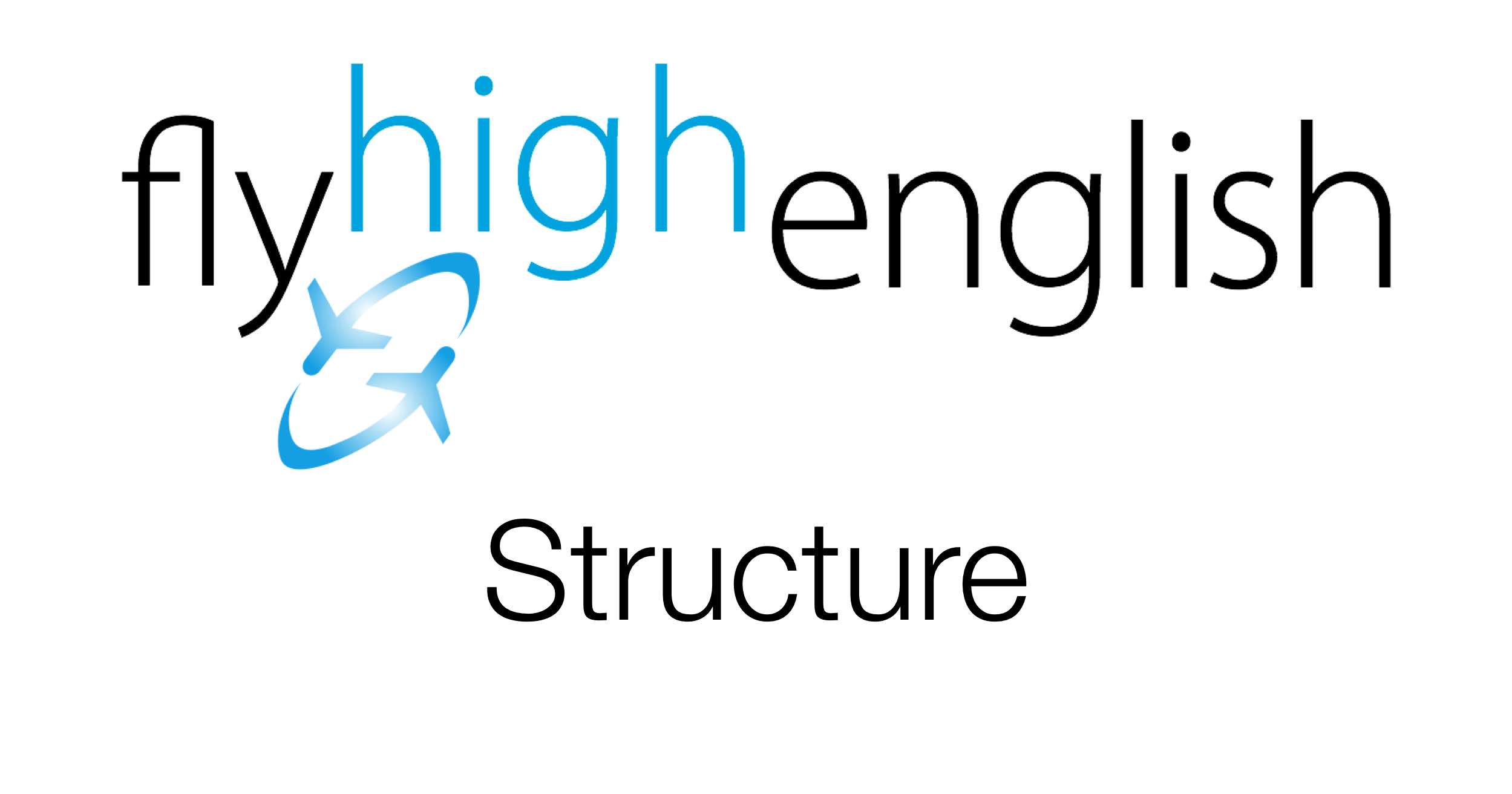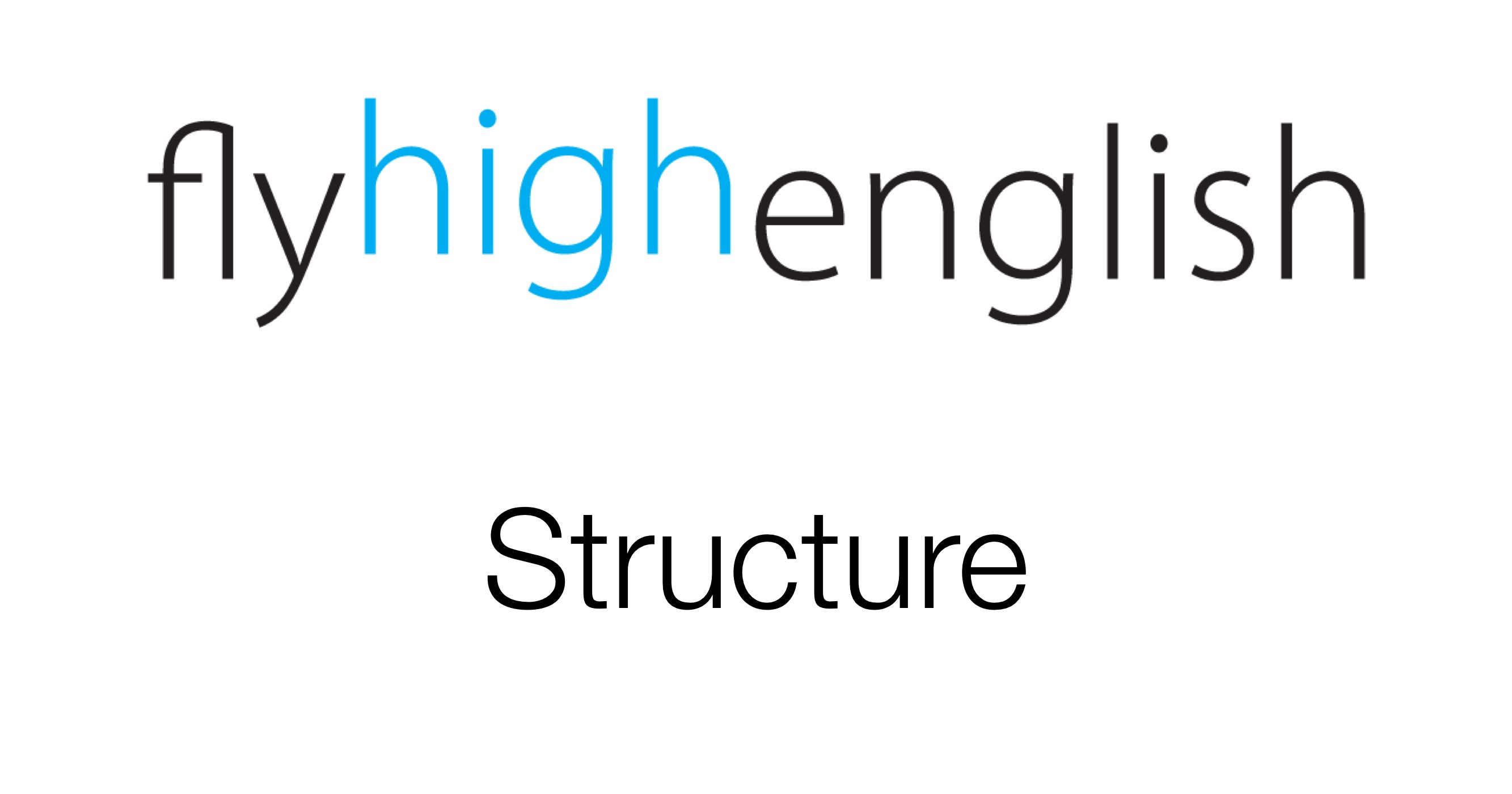
What is the ‘future in the past’?
When we speak in English we normally think about the future from our current perspective. That is, we think about the future from now.
Continue reading Structure: ‘Future in the past’
When we speak in English we normally think about the future from our current perspective. That is, we think about the future from now.
Continue reading Structure: ‘Future in the past’
This time in our structure help we talk about the future continuous. Let’s look at an example;
Two hours from now we will be flying over the ocean.
will be flying is the future continuous.
Let’s look at how to create the structure;
will/won’t be + verb-ing
This structure is used to talk about something which will be in progress at a future time.
Let’s look at another example.
I can’t call you at 2am, I will be sleeping.
This example again expresses the idea of an action in progress / happing at a time in the future (2am in this example).
All continuous tenses relate to actions in progress.
For example;
I was reading a manual when the captain arrived. (past continuous)
He is making a speech to the passengers. (present continuous)
They will be sleeping in an hour. (future continuous)
All of these tenses express the idea of something in progress at a specific time, in the past, the present or the future.
Follow us on twitter here, Facebook here or Google+ here for more great content!
Have a great day!

This time in our structure help we talk about negative infinitives. Most people are familiar with the idea of infinitives and we saw some structures which use infinitives in our post on verbs + verbs 1.
Take a look at the following normal infinitive structure;
I decided to fly on Friday.
To make infinitives negative, we usually use not before the infinitive, so from our previous example to make it a negative we say;
I decided not to fly on Friday.
We also use infinitives with ‘infinitive of purpose’ structures. See our link here to review that.
Let’s look at an example;
I went to the airport to meet a friend.
And again, to make this a negative we say;
I went to the airport, not to have lunch but to meet a friend. (in this kind of sentence there is a sense of clarification)
There are other situations when we use infinitives and to make them negative we follow the same structure as shown above.
Try to write some more examples of your own.
Follow us on twitter here, Facebook here or Google+ here for more great content!
Have a great day!

This time in our structure help we talk about questions tags. Question tags are very short questions that we sometimes include at the end of statements. The purpose of these short questions is to check if something is true or to ask for agreement.
In a positive statement, use a negative tag.
You flew a Cessna last year, didn’t you?
The ’didn’t you’ part is the question tag and here we used a negative tag (with an auxiliary) with a positive statement.
Similarly, in a negative statement, use a positive tag.
He doesn’t have an IFR rating, does he?
The ’does he?’ part is the tag here and is in a positive form after a negative statement.
If your main sentence already has an auxiliary verb you repeat the same auxiliary in the question tag.
He can fly gliders, can’t he?
In sentences using ’negative’ words, we use positive tags. Examples of ‘negative’ words are; never, nobody, no, etc…
At the beginning we said that we use question tags to check if something is true or to ask for agreement. If you really want to know if something is true, use a rising intonation with the question tag. Listen to the following audio with a rising intonation (the voice goes up) indicating that it is a real question.
You work here, don’t you?
If you are asking for agreement, use a falling intonation with the question tag. Listen to the following audio with a falling intonation (the voice goes down) indicating that the person is sure of the answer and is just asking for agreement.
They pay their pilots really well, don’t they?
Follow us on twitter here, Facebook here or Google+ here for more great content!
Have a great day!

In English, verbs do not have many forms, usually only five, so there are a limited number of things that these forms can express. In order to be able to express other ideas such as obligation, possibility, certainty etc… we have to use extra verbs. We call these verbs auxiliary verbs. Auxiliary verbs are ‘helping’ verbs that we use to help create a verb phrase with a certain idea. We often use auxiliary verbs in English to create negative statements; in the present simple for example we use the auxiliary verb ‘do’ to make negatives and questions.
I have a ticket for the flight. (no auxiliary verb)
I don’t have a ticket for the flight. (auxiliary ‘do’ in the correct form)
Do you have a ticket for the flight? (again, auxiliary ‘do’ in the correct form and position in the sentence to indicate a question here)
We also use ‘do’ as an auxiliary verb in the past simple to indicate negatives and questions.
In the continuous tenses we use the auxiliary ‘be’ to help create the tense. Let’s look at some examples from the present continuous.
We are working at the moment. (auxiliary needed in positive form)
We aren’t working at the moment. (auxiliary needed in negative form)
Are we working at the moment? (auxiliary needed in question form)
We also use the auxiliary ‘be’ to help create passive tenses.
Many planes are bought each year. (present passive with auxiliary ‘be’)
Many planes aren’t bought each year. (present passive in the negative)
Are many planes bought each year? (present passive in the question form)
In the perfect tenses we use the auxiliary ‘have’ to help create the tense. Let’s look at some examples from the present perfect.
We have taken off. (auxiliary needed in positive form)
We haven’t taken off. (auxiliary needed in negative form)
Have we taken off? (auxiliary needed in question form)
There is another groups of auxiliary verbs called modal auxiliary verbs which add meanings often related to ability, certainly, possibility and obligation. Here is a list of the modal auxiliary verbs;
can, could, may, might, must, should, ought to, shall, will & would
Again these can be used in positives, negatives and questions.
I can fly gliders. (ability)
I can’t fly gliders.
Can you fly gliders?
Be careful not to confuse auxiliary verbs with ‘verb + verb’ structures, in verb + verb structures, an auxiliary verb is necessary to make the some of the forms. Let’s look at the following example of a verb + verb structure (not an auxiliary structure).
I remembered to request the GPU.
I didn’t remember to request the GPU. (auxiliary ‘do’ necessary for a negative)
Did you remember to request the GPU? (auxiliary ‘do’ necessary for a question)
Follow us on Twitter here or Facebook here for more great content!

This time in our structure help we talk about the difference between due to and because. Both of these expressions have similar uses, they both relate to the reason for something, although the structure around each one is different.
Let’s look at because first.
They arrived late because they had to avoid the bad weather.
So after because we use subject + verb. Let’s see another example.
I didn’t eat the in-flight meal because I wasn’t hungry.
No let’s take a look at due to.
They arrived late due to the bad weather.
So after due to we use a noun (without a following verb). Let’s see another example.
Everybody was asked to remain at the gate due to a delay.
Again, after due to we use a noun. Sometimes it’s possible to use because or due to, sometimes only one is possible (our example about the in-flight meal isn’t easily constructed with due to), but it’s always important to know the difference and how to use each one.
Follow us on twitter here, Facebook here or Google+ here for more great content!
Have a great day!